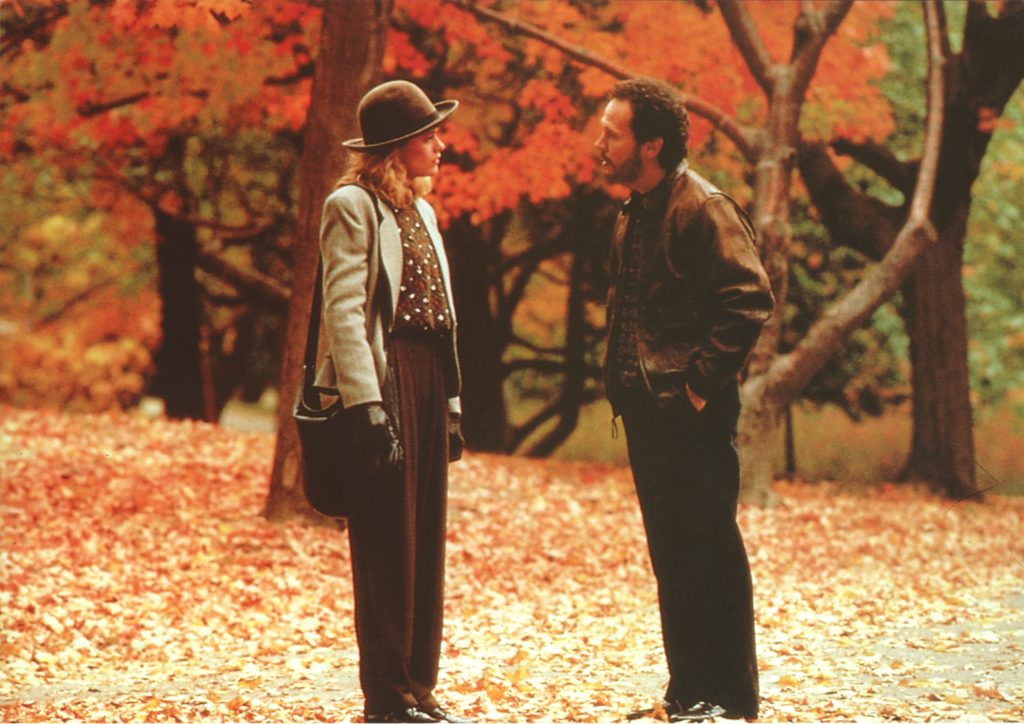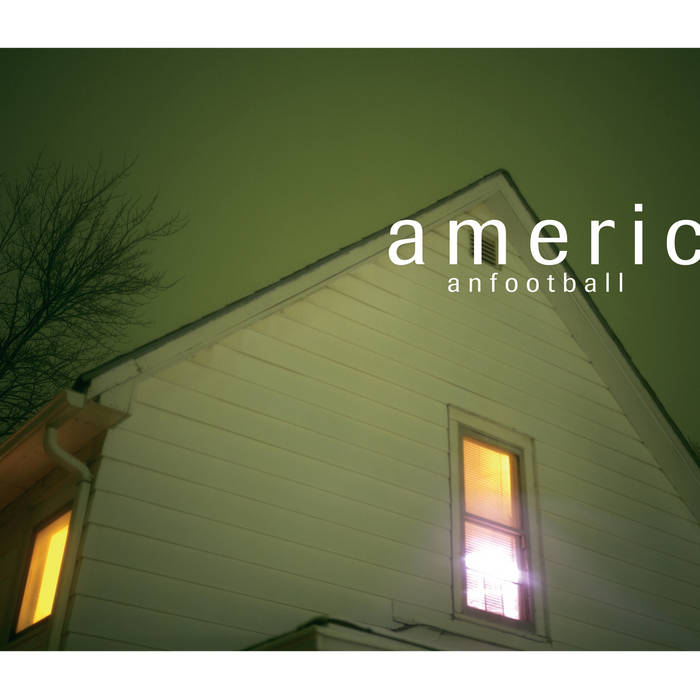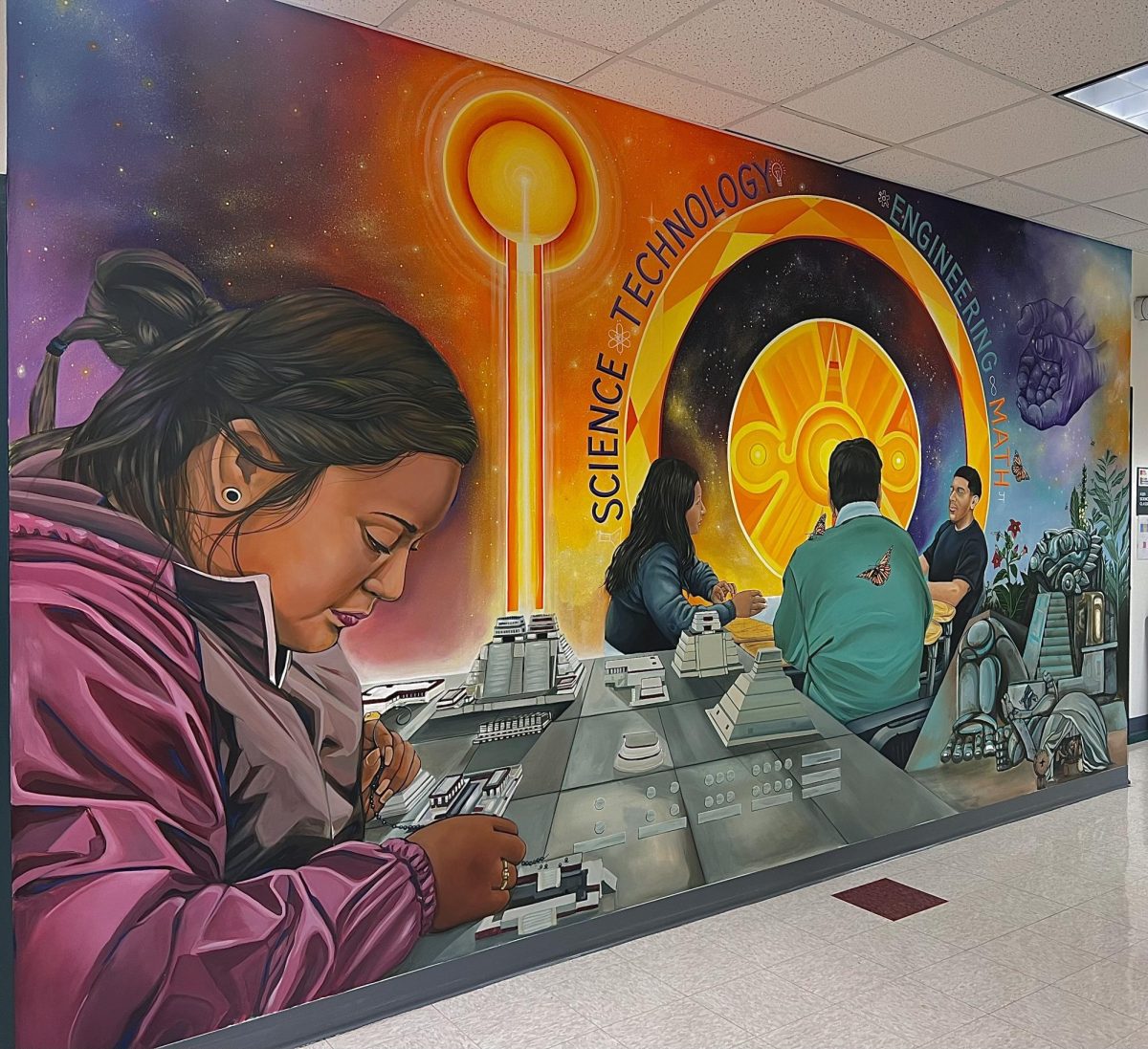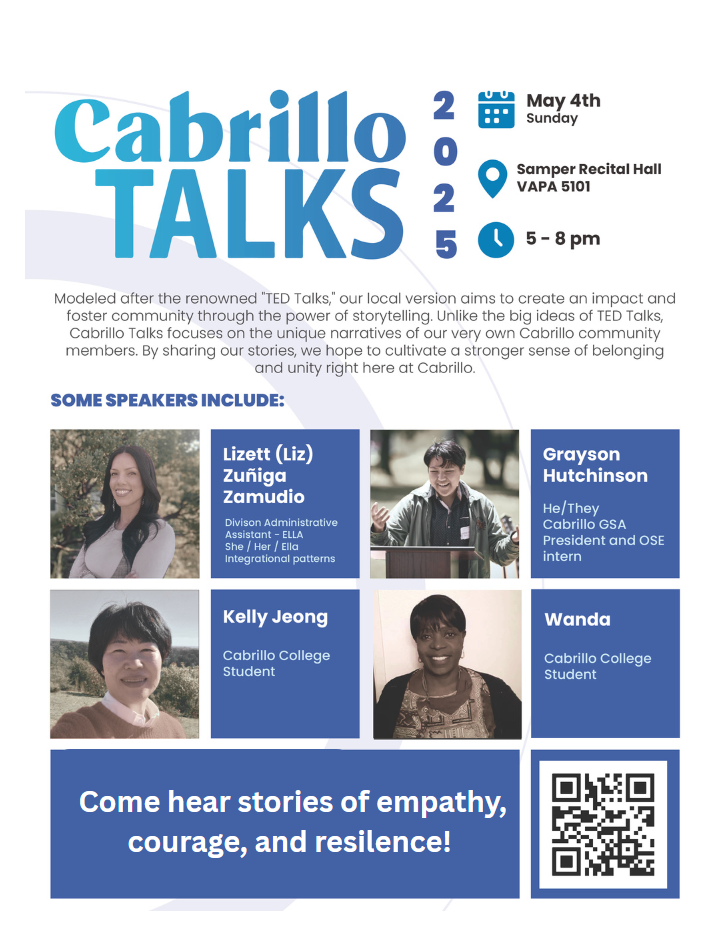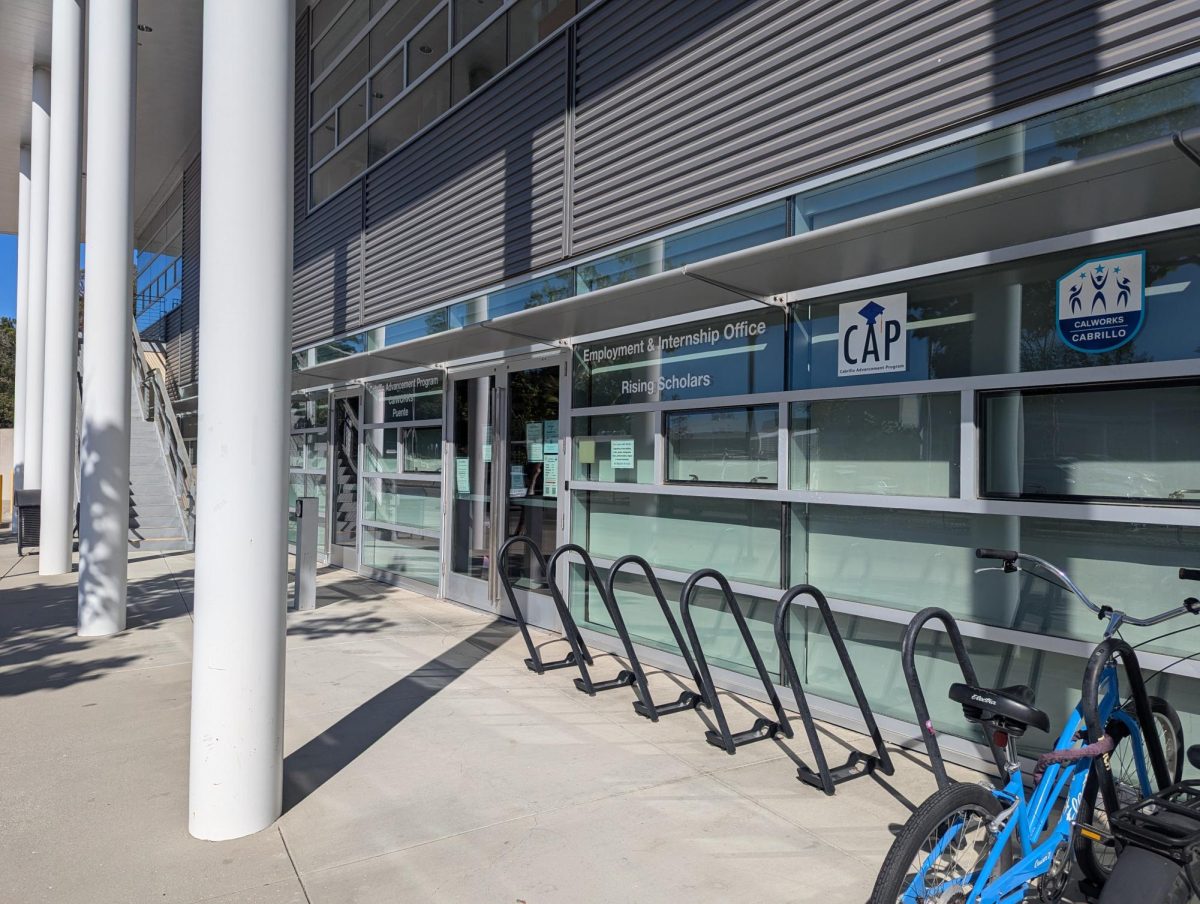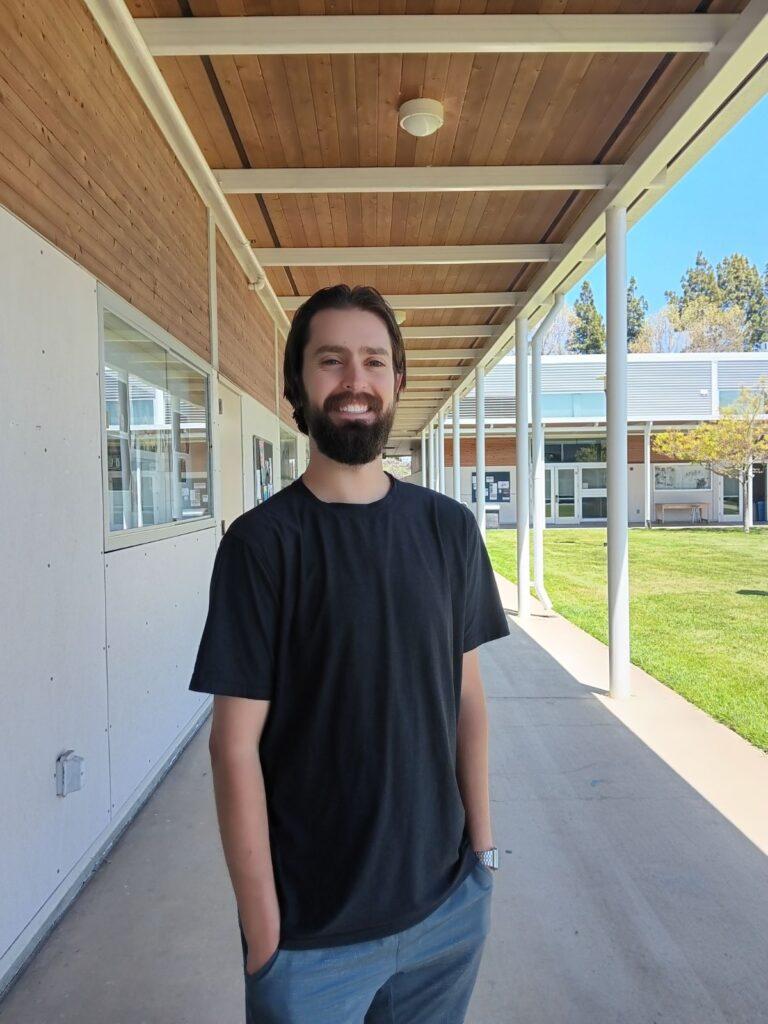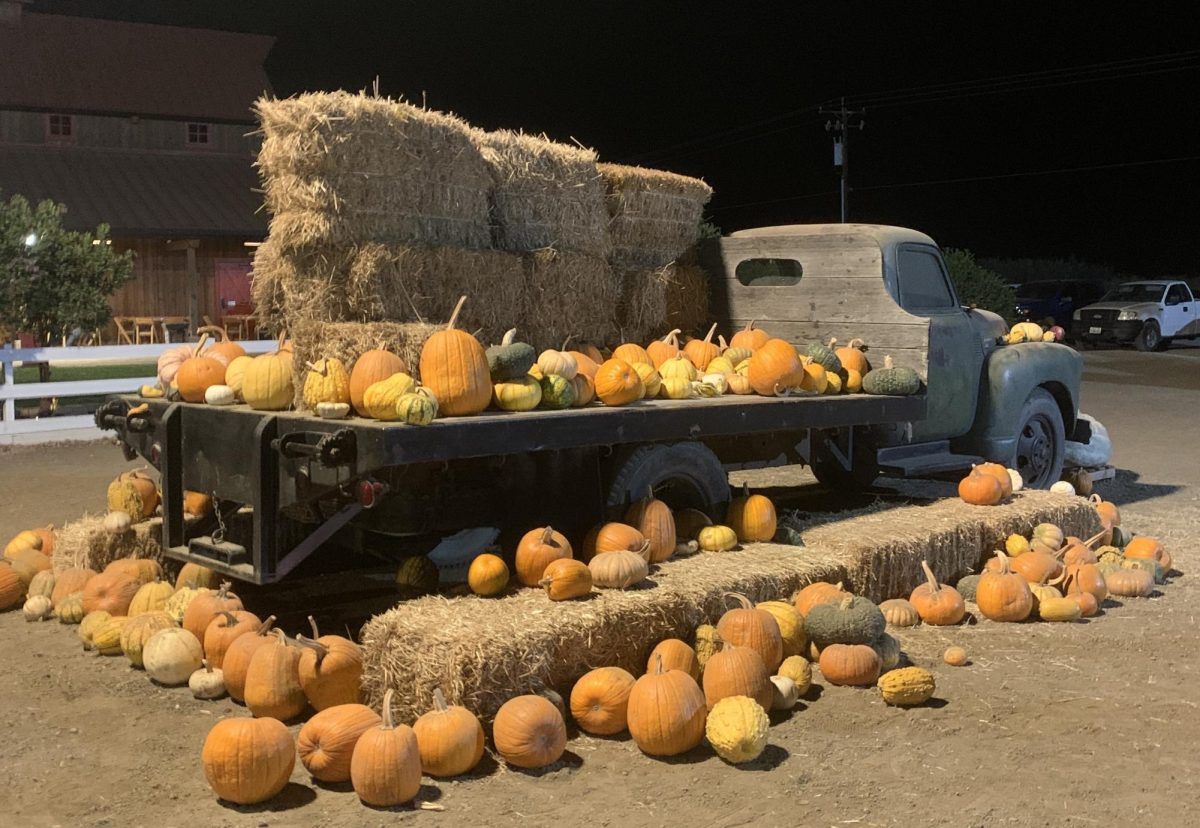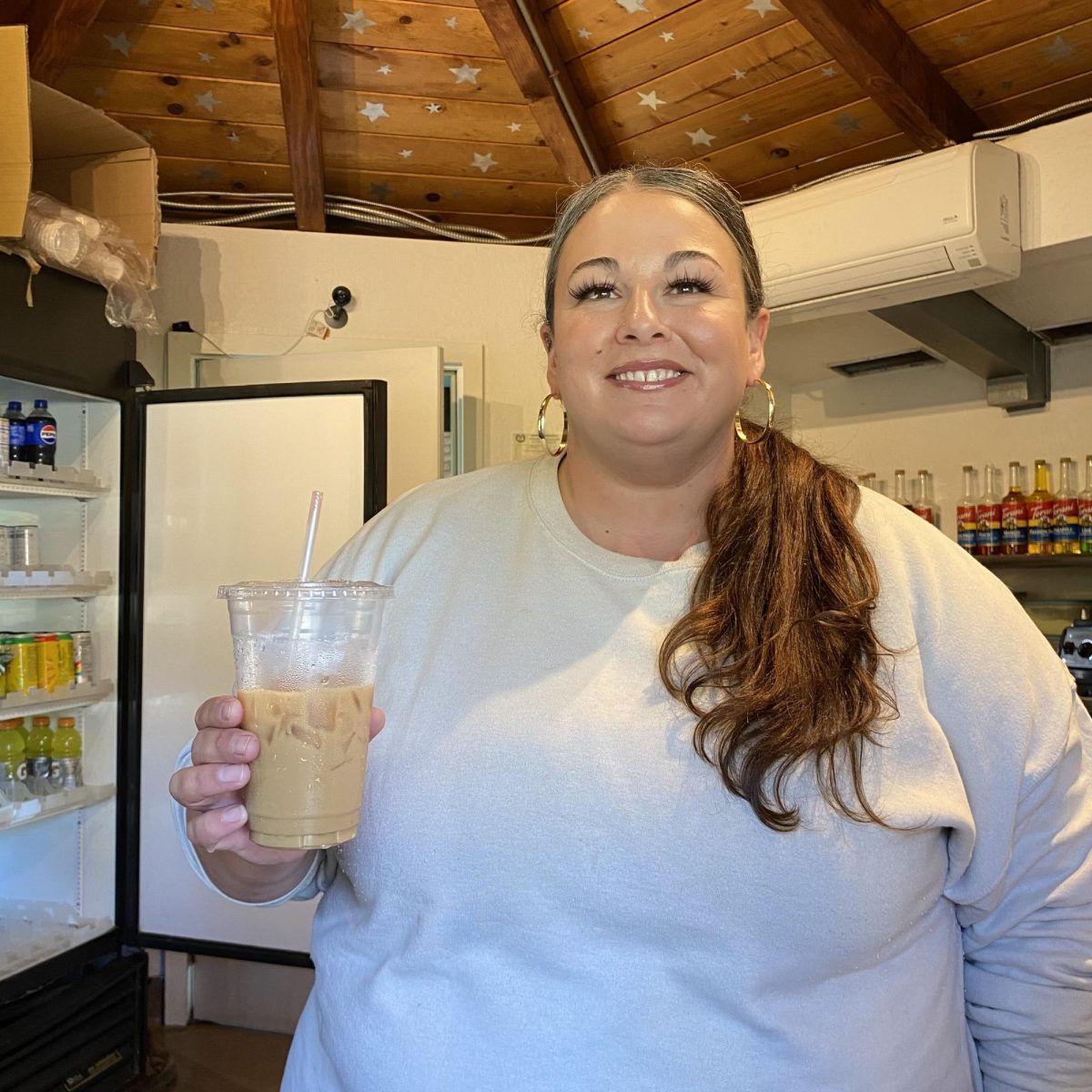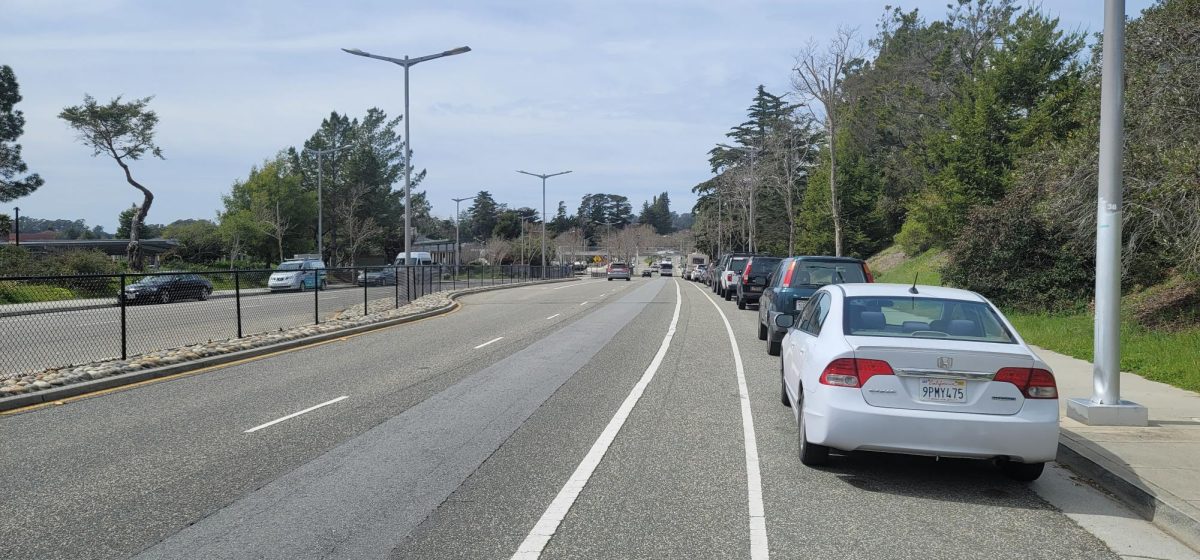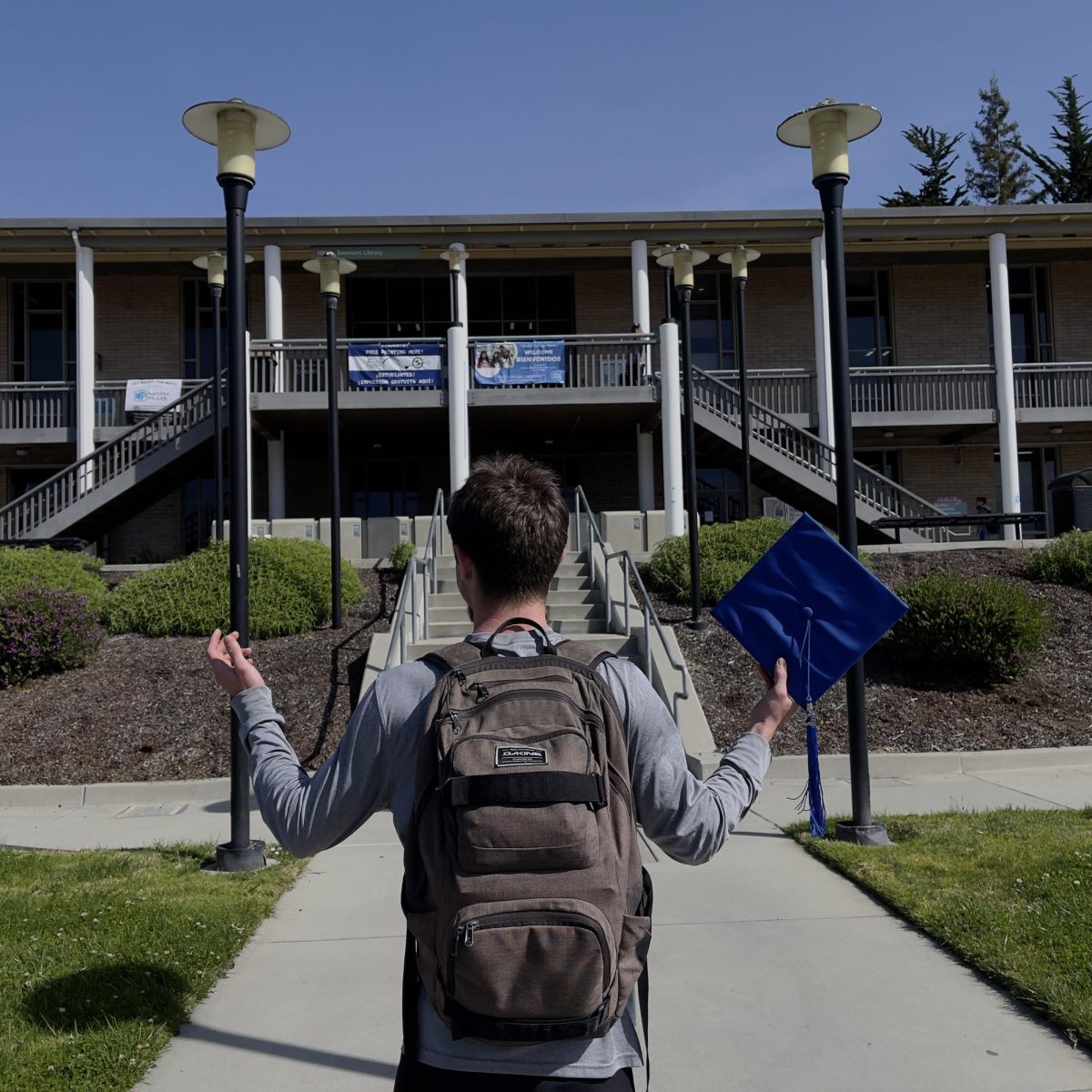It’s no secret that the college students of today love vintage fashion. Whether inspiration comes from old photos of someone’s grandpa or a favorite early 2000s problematic pop princess, clothes from the past are the key to a stylish future.
There’s a common theme amongst the most fashionable students when you ask about their favorite pieces: they are all secondhand (or third, but who’s counting). Vintage shops, consignment stores and local thrift are the hotspots for finding cool pieces on a budget.
“That’s my entire wardrobe, it’s thrifted and vintage clothes, I barely buy anything new,” said Cabrillo College student Lauren Winterburn.

More than 10 vintage stores are operating and thriving in Santa Cruz. Reseller shops find their success by directly focusing on an ideal shopper — the UCSC and Cabrillo student population.
Stepping into shops like Angel Aura, Virgo Vintage, and Motherlode, a distinct theme in the type of “vintage” they offer is immediately apparent. The classic styles of college kids – baby tees, vintage denim, well-worn hoodies and premium boots – are only the tip of the iceberg of what’s on display. The reliance on a buyer demographic of fashion-savvy college students just might be how so many of these stores are staying afloat.
“I worked as a retail sales associate for a while at a vintage shop and a big chunk of customers were around my age for sure,” Winterburn said.
Bella Aguilar, manager of Virgo Vintage in downtown Santa Cruz and a UCSC college student, shared a firsthand glimpse into what the college-age demographic likes.
“A lot of the time, I find myself finding things I personally like selling well in the store,” Aguilar said.
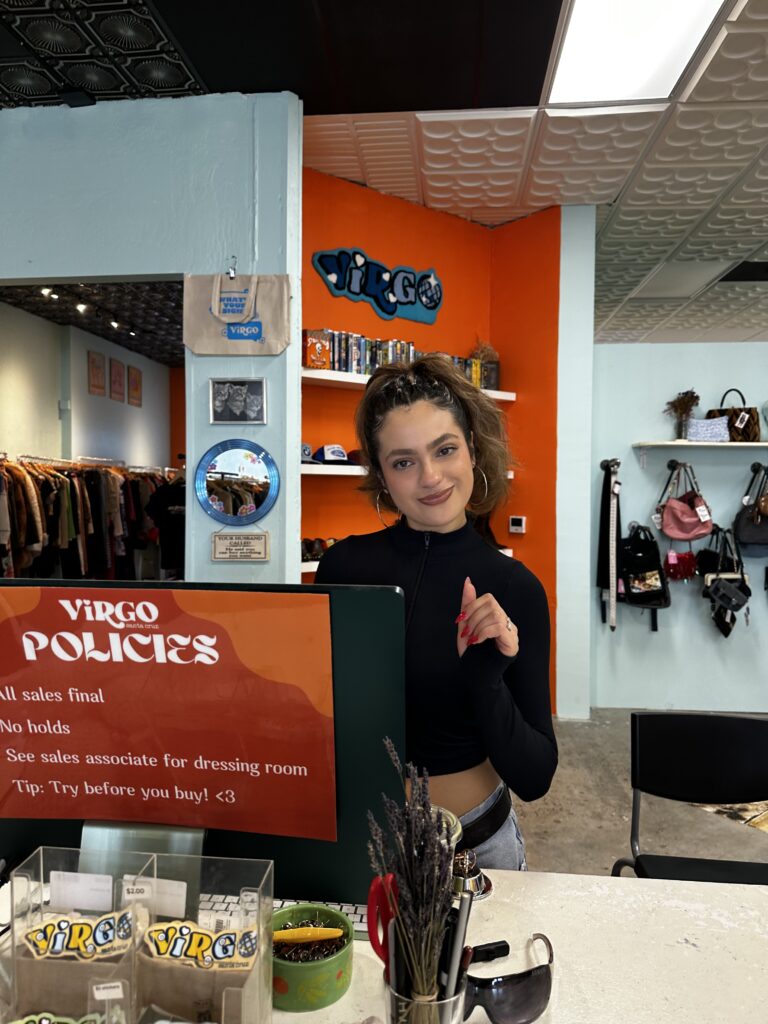
Being able to connect with a shopper is a key factor in success when deciding what to purchase and resell while sifting through thrift stores like the Goodwill bins and Salvation Army.
When Aguilar is on a purchasing trip, she said she goes through each rack in a Goodwill store meticulously choosing what would appeal to the Virgo Vintage shopper. It’s no coincidence that on her latest trip, her cart was full of leather jackets, satin slip dresses and vintage denim often mirroring what’s seen on campuses.
“I have a couple of friends from high school that have racks at vintage stores,” said Daisy Penniman, a Cabrillo student.
A short stroll away from Virgo Vintage stands Angel Aura. Angel Aura is a hidden gem next to Walnut Avenue Cafe downtown, which caters to all walks of life with its ability to present accessible sustainability. This lesser-known vintage store not only offers pieces aligned with the latest trends but also maintains a consistent and reasonable price range, with pieces ranging from $15 to $50.
Owner Sandra Renteria said how, as a local, she tends to stay away from the issue of overestimating markups, especially as a small business. Staying within the college student budget is the key to a steady stream of business, she said.
“We’re a working culture, we don’t have time to sift through clothes to participate in this environmental movement,” Renteria said. “I try to find a reasonable price so vintage isn’t unattainable.”
Students often don’t have an excess amount of spending money for clothes, so brand-new items are not always within reach. Thrift stores are commonly populated with young adults, serving as a fun midday activity with friends or even a way to get to know someone on a first date.
“Especially when the weather is bad and you’re looking for something to do, thrifting is fun,” Penniman said. “You don’t even have to buy anything, just looking at everything can be entertaining.”

Thrifting is not only fun and affordable, but it’s also viewed as an easy way to contribute to the larger environmental movement. Activism comes in many forms, and activists say reusing clothes is an easy way to stay fashionable and environmentally conscious.
“Everything goes out of style all the time, I don’t have enough money to buy brand new trends every time,” Penniman said.
Oasis Vintage on Pacific emphasizes sustainability. The store’s website prominently showcases five factors highlighting the drawbacks of fast fashion, underscoring the imperative for secondhand clothing in the world. The prevalent social activism and environmental consciousness in Santa Cruz college campuses is the key to vintage staying popular.
“There’s so many cool clothes out there in the world right now that we’re able to recycle and rehome these pieces,” said Jake Jensen, Oasis Vintage on Pacific owner. “It takes 1,800 gallons of water to make a pair of jeans. It’s a lot of resources being used for all these new items, so if we can be more sustainable we should.”



